Civilization (or civilisation) comes from the Latin word civis meaning someone who lives in a town. When people are civilised, they live in large well-organized groups like towns, not in small tribes or isolated family groups.
However, a civilization is something more than a town. It is an advanced stage of organisation. That means it has laws, culture, a regular way of getting food and protecting the people. Most civilizations have agriculture, and a system of government like monarchs or elections. They speak a common language, and usually have a religion of some kind. They teach their young the knowledge they need. All civilizations since the Sumerians and the Egyptians have some kind of writing. Writing lets people store and build up knowledge.
The Roman Empire is an example of a large civilization. It was governed from Rome. This empire once stretched from the Scottish borders to North Africa and the eastern Mediterranean. They had their own language, Latin.
Latin became the preferred method of communication among educated people until long after their civilization had vanished. Today lawyers and politicians, doctors and scientists, scholars and others still use Latin in the course of their everyday work, even though the Roman civilization died out more than 1,500 years ago. It is said that William Shakespeare excelled at Latin. Latin is still taught in some schools. We still admire and copy Roman architecture, use Roman numerals to count certain things, use the names of Roman gods to mark the days and months of our calendars, name the constellations in the sky by the same names that the Romans used and we model our Western political constitutions and structures on Roman models (Senate, Governor, election, tribunal, justice, vote, census, even the word Constitution, are all Latin words, their meaning unchanged in thousands of years).
The Roman civilization lasted almost 1000 years, but the Ancient Egyptian civilization was older and lasted longer. The Romans and Egyptians fought each other in the Battle of Actium. Rome won, and Egypt became part of the Roman Empire.
- Examples of civilizations
CULTURE
Set of human
practices, including economics, politics, science, law, religion, morals, etc.,
that characterize a human group.
Set of thoughts, feelings and actions of a human group that become a
rule that shapes human behavior.
Ecuador is one of the most multicultural countries on Earth, with 22
peoples and nationalities in which the role of women is fundamental as they
have shown in their struggles against mega-mining
CULTURE:
Culture describes a certain set of customs, ideas and social behavior of a group of similar people in a society. Geographical borders usually segregate cultures. Some characteristics like language, religion, food habits, social norms, music and arts stay specific in one particular culture.
Throughout the world, we have a variety of cultures. Cultures have been maintained from time immemorial and have been handed down from one generation to another. Cultures help people connect with each other and build communities, within the same cultural backgrounds. Individuals belonging to the same culture are usually like-minded and have the same ancestral values.
Why Culture is so Important.- Ancestry: Our cultures help us gain valuable information about our ancestry. Cultural traditions are like pages in a history book which should be read with interest. Human beings do not live for eternity, but their cultures do. Cultures give us a gateway to study about our ancestors.
- Self-realization: When we study about the roots of our cultures and follow them accordingly, we get to know about ourselves much better. We can better relate to our origin and value ourselves more. It boosts our self-respect and dignity to follow our culture. It also makes us feel proud to belong to our own culture.
- Evolutionary enlightenment: Knowing our culture in-depth gives us a sneak peek into our evolution. Cultures have originated in ancient times when human beings started to live as a community. Thus, studying about our cultures and of the entire world`s is extremely interesting and it sure give us some enlightenment about ancient times. This also gives us the required clarity against all our doubts.
- Moral values: Following a culture instills moral values in us. Every culture has its share of knowledge and beliefs which make us better human beings. It makes us responsible people who can co-exist with each other in a harmonious society.
- Discipline: Cultural traditions keep us disciplined. Every culture has certain norms and laws laid down, which if followed leads to peaceful existence. The rules were made for a reason and should be followed rightly. Neglecting cultural traditions is not wise and should not be kept as an option.
- Knowledge: Detailed study about every aspect of our culture can give us profound knowledge. Cultures never demand blind followers. Everything is well explained and accounted for in history. Studying about them will make us more knowledgeable.
- Compassion: Every culture teaches us to co-exist with all the other cultures in the world. Cultural teachings always aim for peace. They teach us to live compassionately and respectfully with everyone, so that peace prevails.
- Meaning of life: Cultures teach us the real meaning of life. Every phase of our life demands different actions and our culture teaches us that. As we grow up and grow old, our culture holds our hand and directs us towards the right path.
- Safeguard future generations: Cultural traditions were made by our experienced ancestors who wanted to pass on their valued knowledge about life to every generation of mankind henceforth, to make their survival easier.
- Responsibility: Cultural traditions teach us to be responsible human beings. A culture-less and lawless human being is just another animal. Our culture and society make us be the responsible entities that we are.
Conclusion:
Our culture should be upheld as our heritage. Nothing and no one should be allowed to attack or destroy our cultural traditions. It is always wise to remember that our cultures define our existence and make us who we are. It should be passed on generations after generation, like it has been done until now. Our cultural background should never fade into oblivion and we have to make sure of that. A world without diverse cultural will not be as colorful as it is now.
HISTORY AND HISTORIOGRAPHY
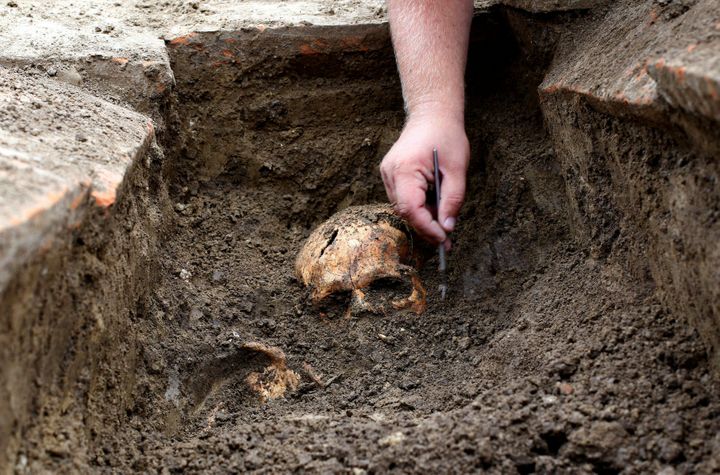
History is the study of the past – specifically, the people, societies, events and problems of the past – and our attempts to understand them. It is a pursuit common to all human societies.
History can be a tremendous story, a rolling narrative filled with great personalities and tales of turmoil and triumph. Each passing generation adds its own chapters to our history while reinterpreting and finding new things in those chapters already written.
History gives us a sense of identity. By understanding where we have come from, we can better understand who we are.
History provides a sense of context for our lives and our existence. It helps us to understand the way things are and ways that we might approach the future.
The study of how history differs and has changed over time is called historiography.
Like historical narratives themselves, our understanding of what history is and the shape it should take is flexible and open to debate. For as long as people have studied history, historians have presented different ideas about how the past should be studied, constructed, written and interpreted.
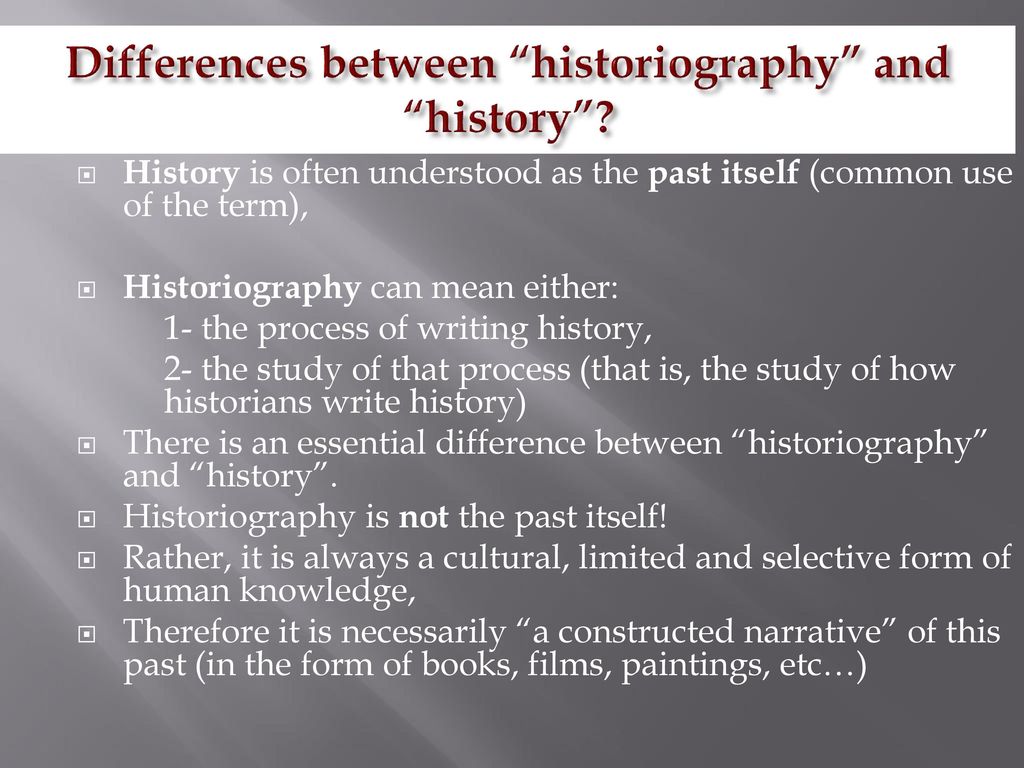


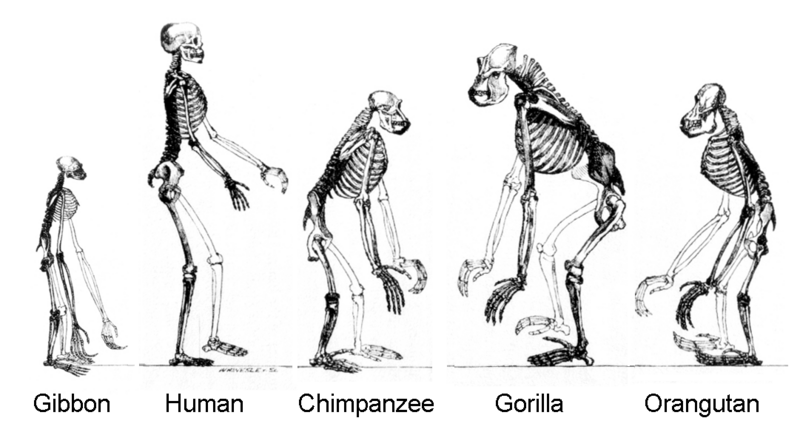
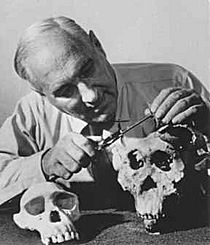
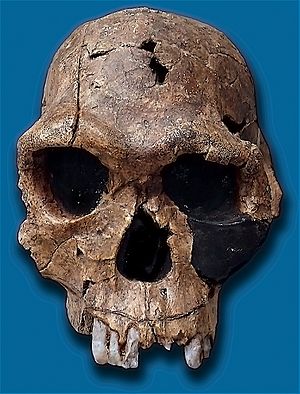
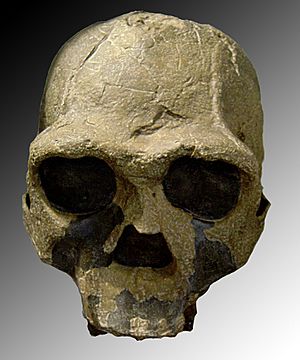
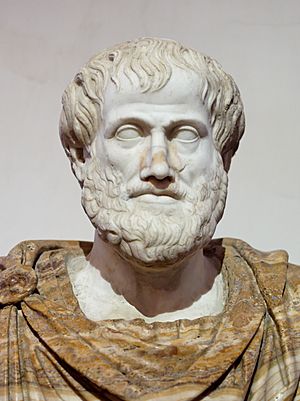
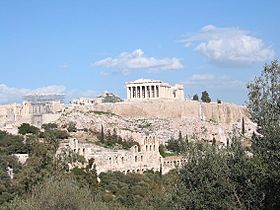
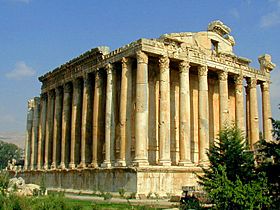


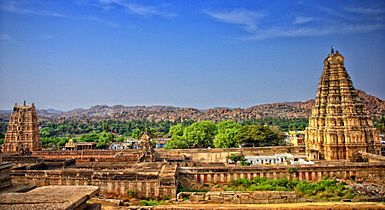
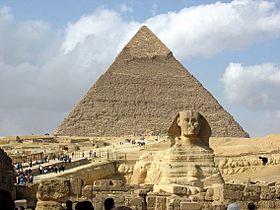

No hay comentarios:
Publicar un comentario